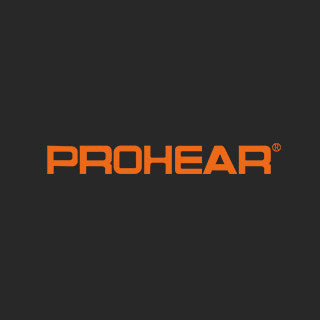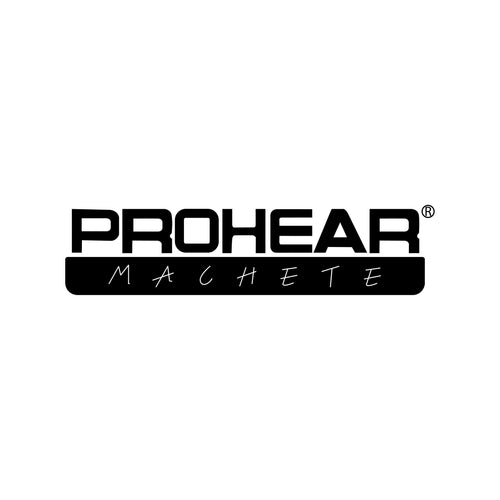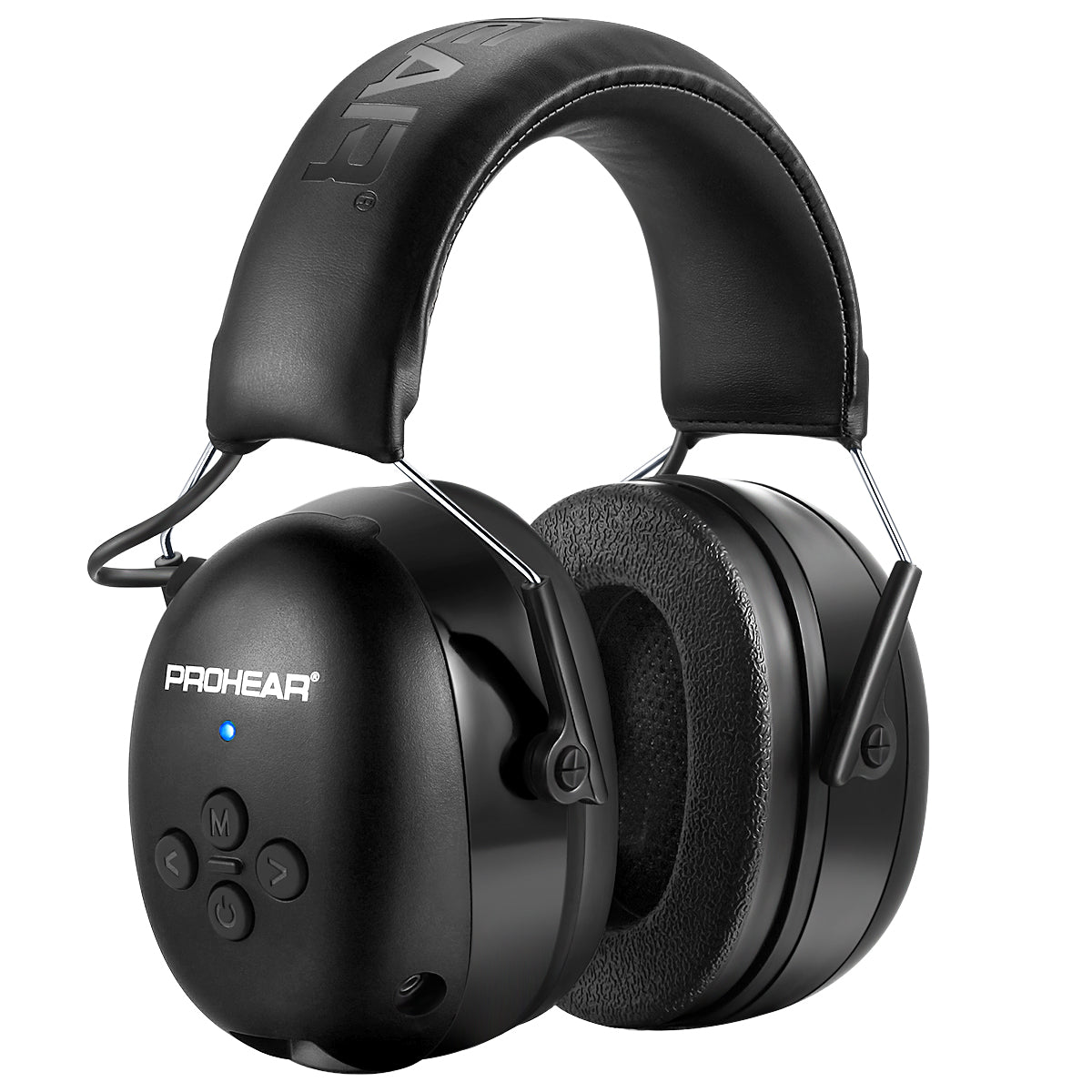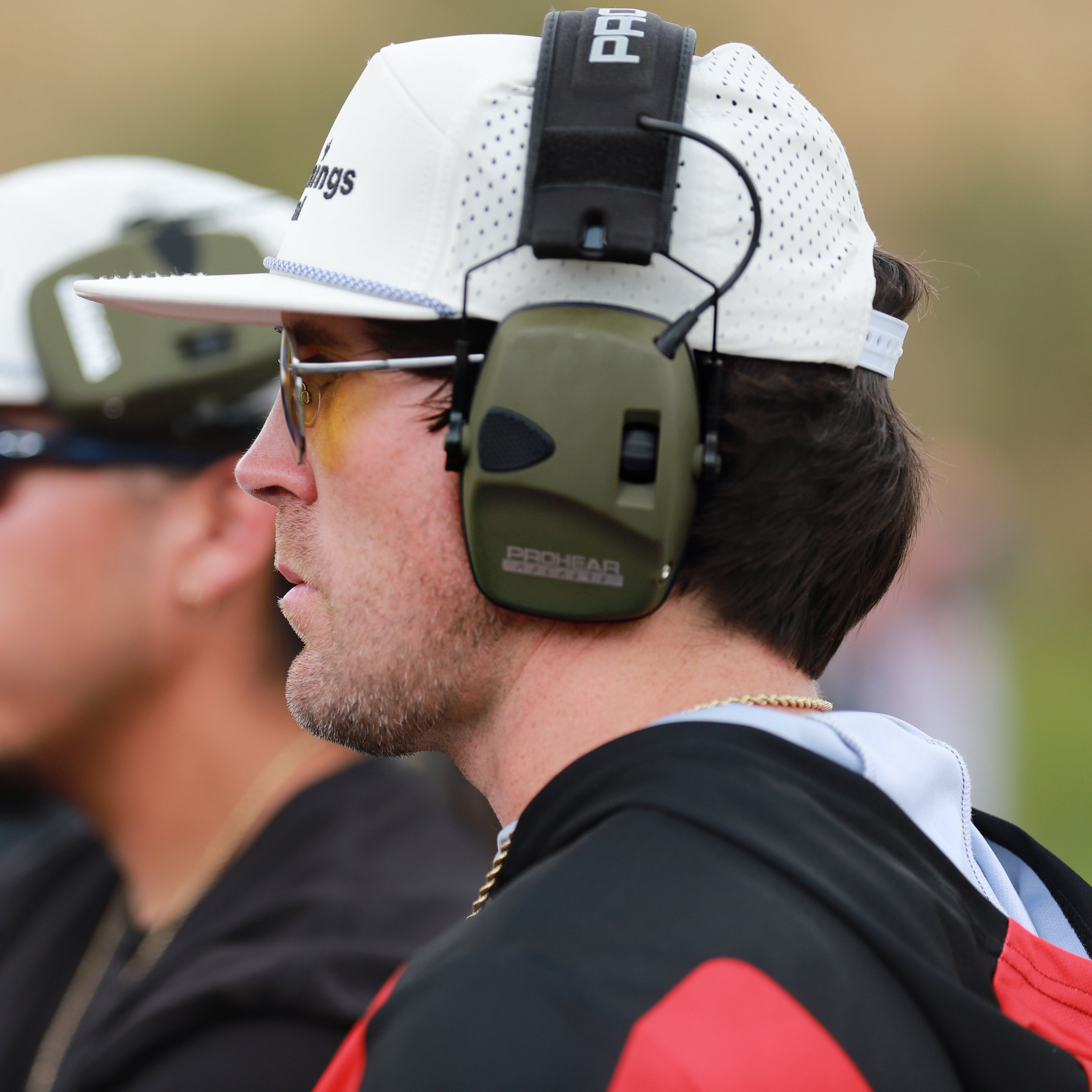Why Expensive Earmuffs Aren’t Always Better
When I first started working in noisy environments—mowing lawns on weekends, helping in a friend’s woodworking shop, and occasionally doing small renovation projects—I believed that the most expensive safety gear must also be the best. That’s how I treated hearing protection, too. I thought, “If I don’t buy the premium earmuffs, I’m probably putting my hearing at risk.”
But after several years of using different brands and models, I realized that price alone doesn’t guarantee the right protection—or even comfort.
Hearing Protection Isn’t About the Price Tag
One thing I learned is that the Noise Reduction Rating (NRR) is the number that really matters. The U.S. National Institute for Occupational Safety and Health (NIOSH) recommends hearing protection for noise levels above 85 decibels—something you’ll find in lawnmowers (90 dB), power saws (100 dB), or factory floors (over 100 dB). Whether earmuffs cost $20 or $200, their main job is the same: reduce sound to a safer level.
I’ve owned pricey earmuffs that looked sleek but had the exact same NRR as a budget-friendly pair. At the end of the day, both blocked out enough noise to protect my hearing, which is what really matters.
Comfort and Fit Are More Important Than Brand Names
I also discovered that comfort matters more than price. One expensive pair I bought had stiff ear cushions that pressed so hard, I couldn’t wear them for more than 30 minutes without a headache. On the other hand, a mid-range pair with softer gel pads felt light and comfortable, even during a full afternoon of yard work.
If earmuffs aren’t comfortable, you’ll end up taking them off—and that defeats the whole purpose of wearing them.
Extra Features: Cool or Necessary?
Some of the high-end earmuffs I tried had Bluetooth, built-in microphones, and fancy controls. Don’t get me wrong, those features can be great if you’re shooting at the range or need communication at work. But when I was just mowing the lawn or running a table saw, all I needed was solid hearing protection. Paying triple the price for features I didn’t really use didn’t make sense.
What Research Shows
This isn’t just my personal experience. According to the World Health Organization, nearly 1.1 billion young people worldwide are at risk of hearing loss due to loud environments. The key takeaway? It’s not about how much you spend on hearing protection—it’s about whether you actually use it consistently.
And that consistency comes from finding earmuffs that are effective, comfortable, and practical for your daily routine—not necessarily the most expensive ones.
My Takeaway
Now, when friends ask me for advice, I tell them:
-
Don’t focus only on the brand or the price.
-
Look for the NRR rating and make sure it fits the kind of noise you’re exposed to.
-
Choose something comfortable enough that you’ll actually keep on for hours.
The truth is, I’d rather own two or three affordable, comfortable pairs I’ll actually wear than one overpriced pair that sits unused in the garage. Hearing protection only works if it’s on your head—not in the box.
In the end, I realized that hearing protection doesn’t have to break the bank. Affordable models like the PROHEAR 037 prove that you can get solid noise reduction, comfort, and even modern features without overspending. Sometimes, it’s not about buying the most expensive option—it’s about buying the one you’ll actually use every day.




